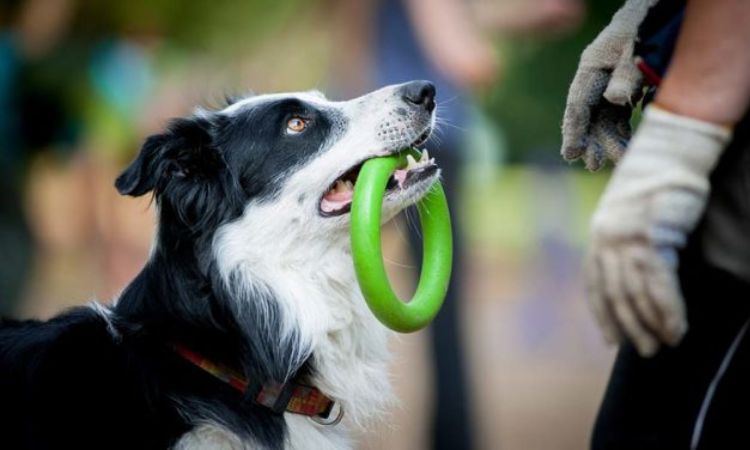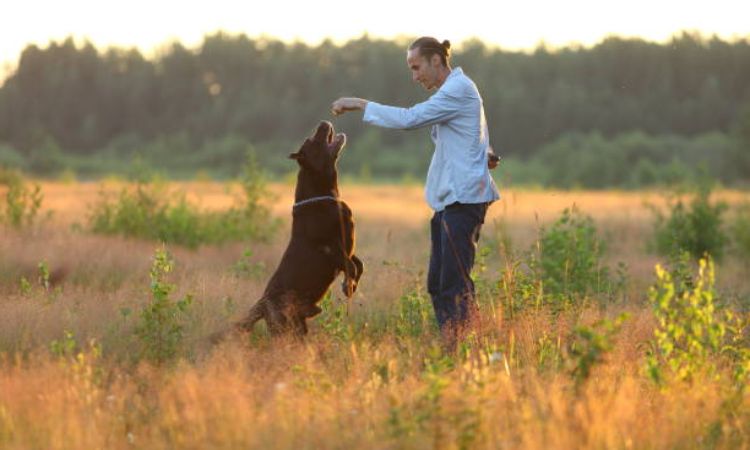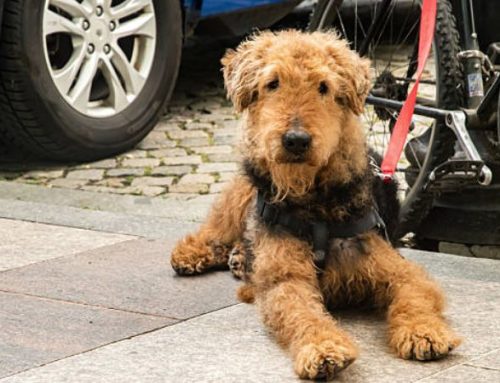Dogs have earned a special place in our hearts for their unwavering loyalty and boundless companionship, but some breeds go beyond affection—they impress with remarkable brains. From solving puzzles in seconds to mastering commands with ease, these clever canines showcase creativity, intuition, and independence like no others. Curious which pup tops the charts for smarts? Let’s dive into the ultimate ranking of the world’s most intelligent dog breeds.

What Does Dog Intelligence Mean?
Dog intelligence refers to a dog’s ability to learn, adapt, and solve problems. It goes beyond simply following commands—intelligent dogs can understand human cues, think independently, and respond creatively to new situations. Canine intelligence can be divided into three main types:
- Working and Obedience Intelligence – This measures how well a dog learns from humans, follows commands, and performs tasks. Breeds high in this type are quick to understand instructions, eager to please, and excel in obedience training, service work, or competitive sports.
- Adaptive Intelligence – This reflects a dog’s ability to solve problems and learn from experience. Dogs with strong adaptive intelligence can figure things out on their own, like opening doors, navigating obstacles, or finding hidden treats. It’s essentially a measure of practical reasoning and resourcefulness.
- Instinctive Intelligence – These are natural abilities inherited through breeding, such as herding, guarding, or retrieving. Dogs may display these behaviors without formal training, demonstrating how genetics and purpose shape a dog’s cognitive strengths.
Dr. Stanley Coren, a leading expert on canine psychology, developed this framework in his book The Intelligence of Dogs. His research provides a trusted way to evaluate and compare dog intelligence across breeds, offering valuable insights for dog owners and enthusiasts.
How Dog Intelligence Is Measured
Dog intelligence is evaluated through a combination of observation, testing, and expert assessment. One of the most common approaches is command repetition, which measures how quickly a dog can learn and reliably perform a new task. Dogs that master commands with fewer repetitions are considered higher in working and obedience intelligence.
Pioneering research by Dr. Stanley Coren, a renowned canine psychologist, provides a trusted framework for assessing intelligence. His surveys of obedience trial judges across dozens of breeds offered insights into how quickly dogs learn, how well they respond to instructions, and how effectively they perform in real-world tasks. These studies continue to serve as a benchmark for understanding breed-specific cognitive strengths.
Dog intelligence is influenced by multiple factors. Breed genetics shape instinctive abilities, such as herding, guarding, or retrieving. Training and socialization enhance adaptive intelligence, helping dogs learn from experience and solve problems. Environment and stimulation also play a role, with mentally engaging activities supporting better cognitive development. In short, dog intelligence is a mix of innate ability and nurtured skill, measured through both scientific observation and real-world performance.

Dog breed intelligence ranking
Understanding the relative intelligence of dog breeds has fascinated both scientists and pet owners for decades. While intelligence in dogs manifests in many forms—problem-solving, obedience, social learning, and instinctive abilities—one of the most widely cited frameworks comes from Dr. Stanley Coren, a professor of canine psychology. In his book The Intelligence of Dogs, Coren developed a ranking of dog breeds based on working and obedience intelligence, reflecting how quickly dogs can learn commands and how reliably they follow them.
Coren’s ranking was derived from surveys of 208 obedience judges across North America, who evaluated breeds according to two primary criteria: the number of repetitions a dog requires to understand a new command and the likelihood that it obeys the first command correctly. This methodology emphasizes practical trainability, distinguishing breeds that excel in human-guided learning from those whose intelligence may be more instinct-driven or adaptive.
Top Tier: The Brightest Dogs
The breeds in this category demonstrate extraordinary learning abilities, often mastering new commands in fewer than five repetitions and obeying the first command 95% of the time or better. These breeds include:
- Border Collie – Renowned for problem-solving and herding intelligence.
- Poodle – Highly adaptable and versatile in both obedience and task learning.
- German Shepherd – Ideal for working roles due to trainability and social intelligence.
- Golden Retriever – Noted for cooperative behavior and eagerness to learn.
- Doberman Pinscher – Sharp, attentive, and responsive to training.
Excellent Working Dogs
These breeds learn new commands within 5–15 repetitions and obey the first command 85% of the time or better. Examples include:
- Pembroke Welsh Corgi
- Miniature Schnauzer
- English Springer Spaniel
- Belgian Shepherd (Tervuren)
- Collie
Above Average Working Dogs
Breeds in this category typically require 15–25 repetitions for mastery and obey the first command 70% of the time or better. Notable examples:
- Chesapeake Bay Retriever
- Yorkshire Terrier
- Australian Shepherd
- Norwegian Elkhound
Average Working/Obedience Intelligence
These dogs generally understand new commands in 25–40 repetitions and obey the first command 50% of the time or better. Breeds include:
- Siberian Husky
- Dalmatian
- Boxer
- Alaskan Malamute
Fair Working/Obedience Intelligence
Dogs in this group often require 40–80 repetitions and obey the first command 30% of the time or better, including:
- Pug
- French Bulldog
- Shih Tzu
- Old English Sheepdog
Lowest Working/Obedience Intelligence
These breeds tend to need 80–100 repetitions or more to understand a command and obey the first command 25% of the time or worse. Examples include:
- Basset Hound
- Beagle
- Bulldog
- Afghan Hound
It is important to note that Coren’s ranking focuses specifically on working and obedience intelligence and does not measure other forms of intelligence such as adaptive problem-solving or instinctive abilities. A breed that ranks lower in obedience intelligence may excel in specialized tasks, like scent tracking, guarding, or independent problem-solving. For instance, Afghan Hounds rank low in obedience but demonstrate remarkable instinctive intelligence and independence.

Additionally, factors such as training, socialization, environment, and individual variation play a significant role in a dog’s intelligence. While the breed provides a general framework, each dog’s cognitive potential is shaped by its upbringing, experiences, and interactions with humans.
Ultimately, the smartest dog breed depends on the type of intelligence you value. Coren’s rankings highlight breeds that excel in learning and obedience, but every dog has unique strengths. Intelligence shows most clearly in the connection and communication between dog and owner.






